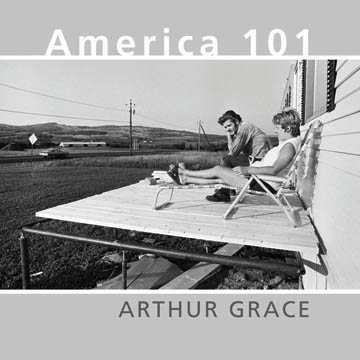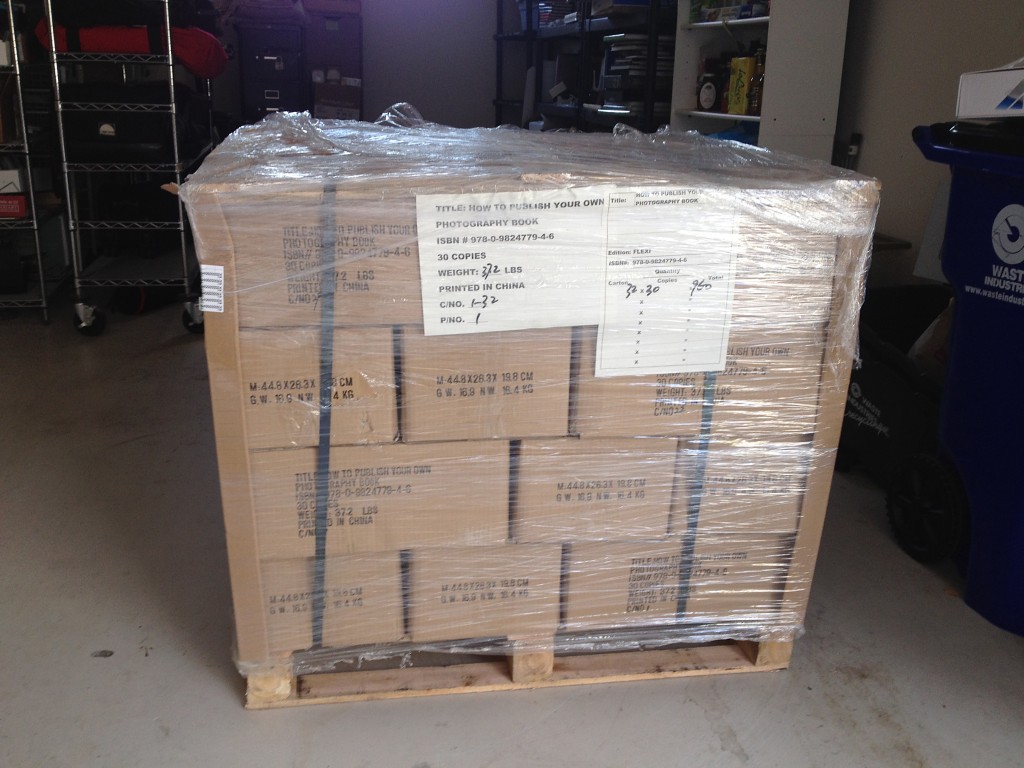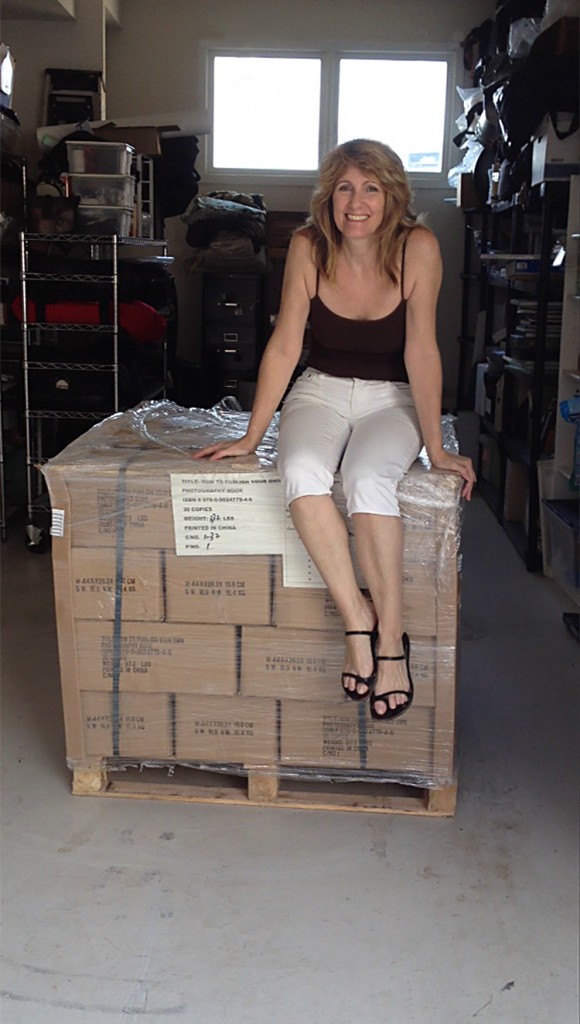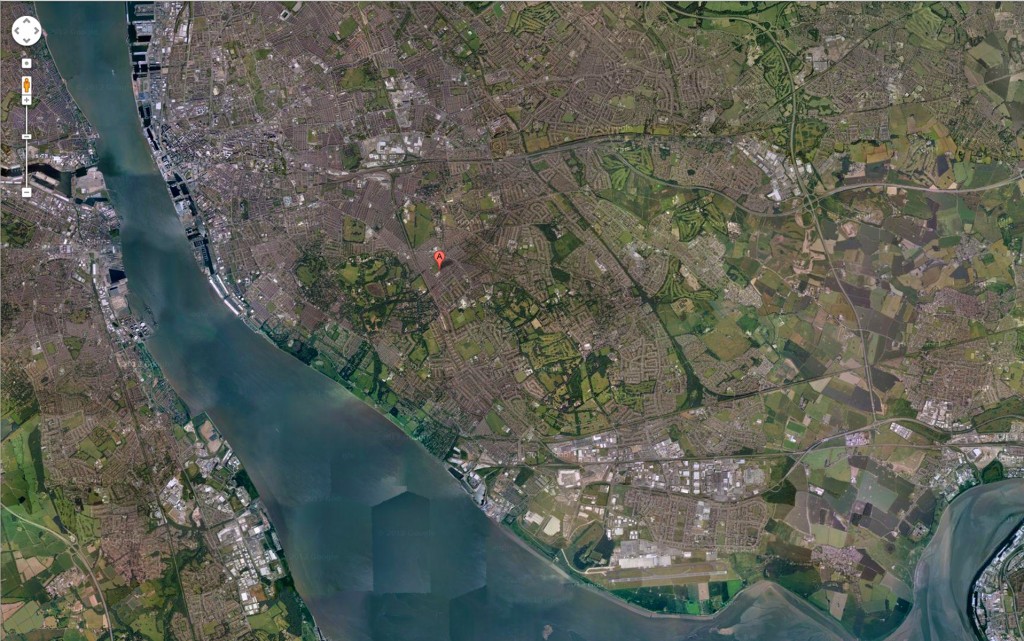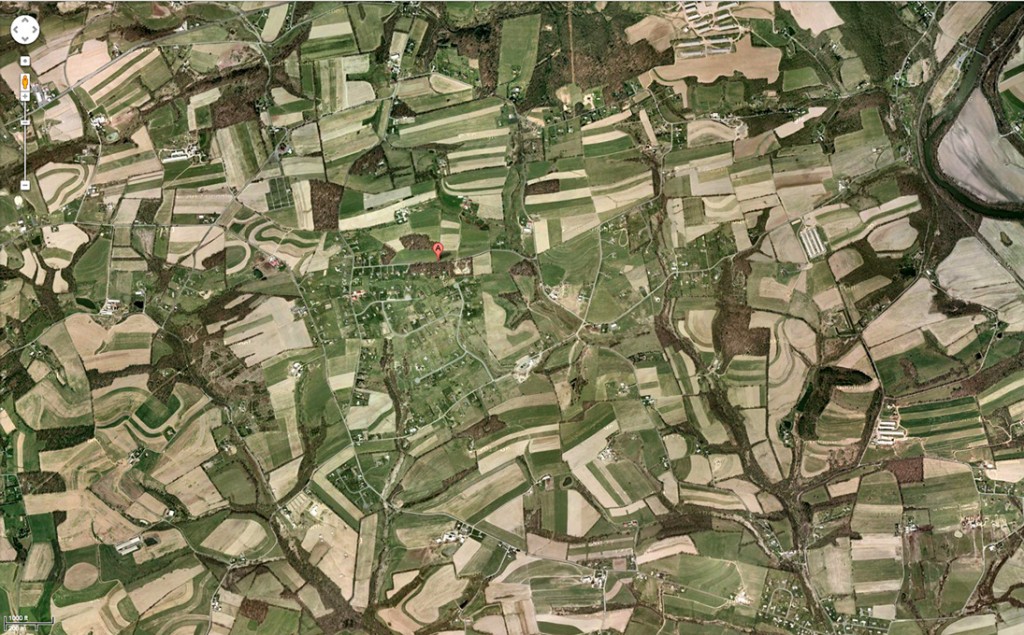Art Books and Coffee Table Books Thrive in a Digital World
Last week I spoke to a wonderful group of college students at UGA Athens about documentary photography books and publishing. Mark Johnson, Senior Lecturer of Photojournalism at the University of Georgia’s Grady College of Journalism and Mass Communication, invited me and my husband, Billy Howard, to speak to a group students enrolled in photojournalism, publication design, and writing. I showed them a couple of the recent books I designed and produced: Kael Alford’s Bottom of da Boot and Arthur Grace’s America 101. I told them that while we need to embrace ebooks (in genres like education, mass novels, cookbooks, etc.), the high end art books and coffee table books are alive and well. Not only that, they are thriving. As more content goes digital, coffee table books—especially art and photobooks—become objects of art in themselves. Yesterday’s article in Highbrow Magazine written by Gabriella Tutino confirms this. Read on!
As the Rest of Publishing Goes Digital, Coffee Table Books Remain a Print Staple
Posted Tuesday, March 26, 2013 10:50 AM
While magazine publishing and book publishing have made the leap from print to digital, there is still one niche of book publishing that is slow to conform: the coffee table book.
Coffee table books which are large, illustrative books focusing on a particular subject, are growing stronger in the publishing industry, according to an article on Marketplace Business. The books, generally regarded as great holiday gifts and decorative household items, are objects as other print materials switch to digital.
“There’s something about the level of detail, the color, the color rendition and the simple artistry of a really well-done coffee table book that can tie a whole room together and bring it to another place,” said New York School of Interior Design dean Ellen Fisher, as quoted in Marketplace.
The coffee table book’s first appearance in the publishing world was in the 1950s under the work of Paul Steiner, founder of the Chanticleer Press. Mr. Steiner’s work of photographic books became really popular in the 1970s after he put together the “National Audobon Society’s Filed Guide” and “Pocket Guide” series.
Nature-focused illustrated books were the status quo at that time, as Chanticleer Press continued to publish other series: Taylor’s Guides to Gardening and Mary McCarthy’s Stones of Florence. The 1960s had the Exhibit Format series, introduced by environmentalist and executive of the Sierra Club David R. Bower. Bower is credited with the idea of the “modern coffee table book,” as he wanted to create books that were similar to photography exhibits. The first book in the series was titled This is the American Earth, and featured photography by Ansel Adams. The Exhibit Format series would eventually lead to the publication of 20 environmentally and nature-focused coffee table books.
The illustrated books expanded from their focus on nature to just about every topic imaginable, featuring artists, musicians, cities and countries, and fashion. The coffee table book itself is designed for a light read, relying on its high-quality, stunning images to capture the reader. Coffee table books have also been a part of pop culture skits, from an episode of Seinfeld to Family Guy and Conan O’Brien.
“There’s something about physical books that allows owners to make a statement about themselves in their home and life that other people can immediately pick up on and relate to or not relate to,” said Josh Baker, art director for Taschen, publisher of books on art, architecture, design and photography.
It is that ability to share interests with and portray factions of themselves to guests that make coffee table books so popular. There are always highly anticipated releases, such as 2011’s Lady Gaga X Terry Richardson, Alexander McQueen: Savage Beauty and 2012’s The Creativity of Ditko, Artists in Love and Mario Testino: In Your Face.
In addition, coffee table books might be key to keeping bookstores alive. In a recent article in The Independent, Tom Tivnan, features editor of The Bookseller said that “Illustrated books and art books have withstood the digital decline that the rest of the industry is facing. The ‘beautiful’ books are the print books that will survive in the digital age. The latest Bookscan figures suggest, for example, that sales of individual monograph art books were up 70 per cent last year.” A coffee table book can range from $50 and up for collector’s edition, and people are willing to shell out hundreds of dollars for the design aesthetic.
“Giant book distributor Ingram Content Group says last year independent bookstores’ orders for travel books climbed 23 percent, while design books were up 20 percent and art books 12 percent,” according to an article in The Wall Street Journal.
The coffee table book provides an experience that the Kindle cannot compete with, as independent publisher Mark Batty describes in his Op/Ed “The Kindle Can’t Scare Me.” Until e-books and e-readers evolve, the coffee table book will most likely remain untouchable.
Author Bio:
Gabriella Tutino is a contributing writer at Highbrow Magazine.
A Custom, Signed Daido Moriyama Photobook!
The Tate Modern in London will host a one-day event, “Printing Show,” where you can custom-make your own signed photobook using photographs of Daido Moriyama. The process takes between 40 minutes to an hour, this is a brilliant concept. The performance-art, photobook event is scheduled for Sunday, Oct. 14, 2012. More information can be found at the link below. Wish I could attend this!
http://tinyurl.com/8nheeoy
Receiving Your Printed and Bound Books
Normally I wouldn’t begin a blog about publishing your photography book by discussing the delivery of your books. However, as I was finishing this website, my own books arrived and I really must share the story of the entertaining event.
Before your books are completely printed and bound, your printer will need to know if you have a loading dock to accept delivery of your books. The books are boxed, stacked, and shrink wrapped on palettes. If you don’t have a loading dock then it’s important to tell your printer early on in the process so that they can arrange for a palette jack and lift gate—two very important pieces of equipment to get your books off the truck. I’ve ordered these items many times over the past twenty years for my clients. Since I decided to have my books delivered to my garage, I let my contact at the printer know that I needed a residential delivery that included the palette jack and lift gate. I also asked for dimensions of the boxes, how many boxes were coming, and how many boxes fit on a palette. With this information, I could plan ahead of time where I was going to put the boxes.
The day arrives for my books to deliver—one week ahead of schedule! I had not planned for that, so I quickly had to make space for the 30+ boxes that were arriving shortly. The trucking company, Old Dominion, called to provide an estimated “window” of delivery. The truck was supposed to arrive between 8am and noon. When 12:30 arrived and there was no sign of the truck, I called Old Dominion and asked for an update. They told me it would be another hour or two. Two hours went by, I called again, and this time I asked for Dispatch. I spoke with Dispatch and then had the driver of the truck call me. He was way behind schedule and said it would be closer to 5 when he would arrive. Now I had his phone number and could continue to check in with him. He called when he was within several blocks of the house and I told him I would walk out to the street to guide him to our garage. As I walked out to the street I could see a large tractor-trailer at the end of the road, sitting there. We live on a narrow street and I could see the driver was questioning whether to attempt to turn onto the street. Down the road I ran, waving my hands to instruct the driver to pull in and follow me. He hesitated, then began to pull onto the road, moving slow as a turtle, until he finally came to a stop and shut the engine. I walked over and he told me there was no way he could make it down the road, let alone turn into the alley to get to my garage. It was then I learned a very important piece of information that no printer rep has ever told me in 20+ years of producing books: ASK FOR A STRAIGHT TRUCK, along with the palette jack and lift gate. The truck driver told me that it’s smaller than a tractor trailer and can maneuver down the smaller streets and alleys.
I asked the driver what came next. He told me that we could push the palette jack down the street, up the alley, and into my garage. So I, along with the driver and my husband, pushed a 1300 pound palette of books down our street, up an incline into an alley, over a curb and into our garage. Let me just say, we were quite a sight and I wish I have video evidence of this escapade! However, I do have photographic evidence of the palette of books! This is what 960 books looks like.
Remember:
• Record the size and number of boxes being shipped
• Ask how many books are in each box and how many boxes fit on a palette
• If you don’t have a loading dock, as for a straight truck with a palette jack and a lift gate
• Be prepared to unwrap the boxes and dispose of the palettes yourself
• Don’t forget to take a picture of the books and the delivery!
Location of my first international book sale!
Location of first book sale!
